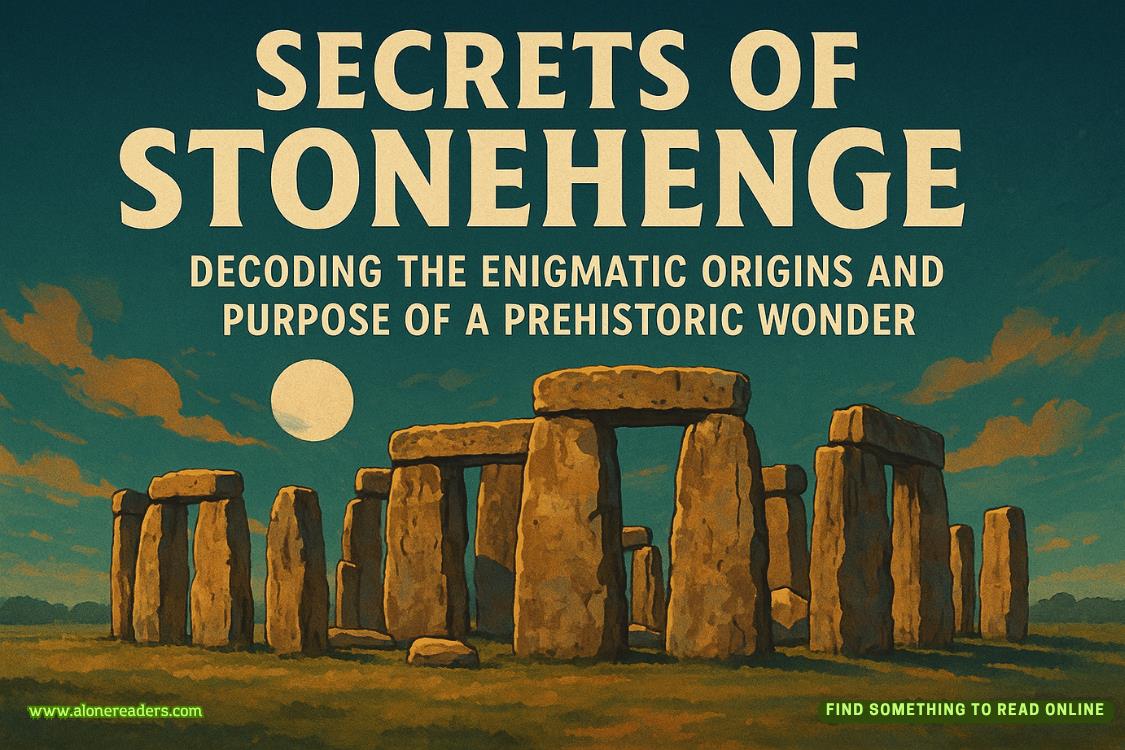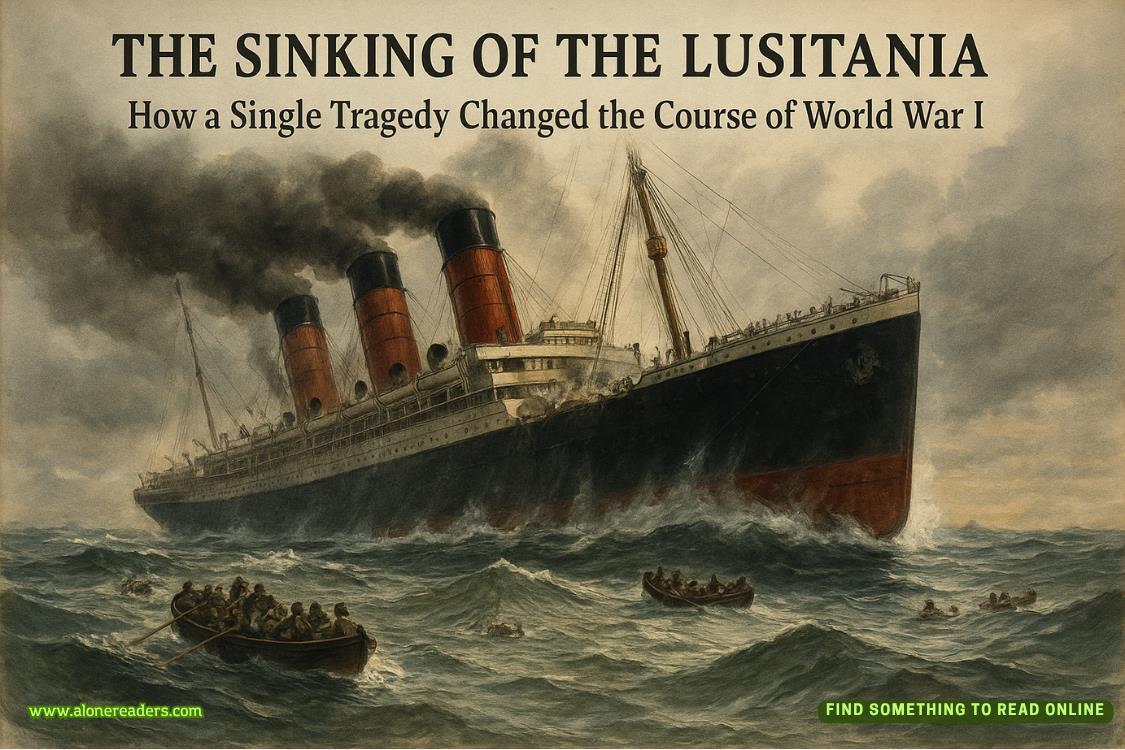Page 29 of The Only One Left
“What’s in here?”
“A surprise,” Jessie says as she flicks on the lights, revealing a library. I take in the floor-to-ceiling shelves, a leather sofa, and two matching armchairs scooted next to a marble fireplace. On the mantel are three cloisonné vases in a matching pattern of ivory flowers and twisting blue vines. Behind them looms a large rectangle of wallpaper darker than the surrounding area.
“Did there used to be a painting there?”
“Yep,” Jessie says. “An original Winslow Homer, according to Archie. Mrs. Baker had to sell it years ago.”
I move to the mantel to get a better look at the vases. Hidden among the vines are tiny hummingbirds with little ruby dots for eyes. In the center of each ivory blossom is a circle of gold.
“Why didn’t she sell these, too?”
“Those are probably the last thing she’d sell,” Jessie says. “It might even be illegal. I think there are laws about selling dead people.”
I take a step away from the mantel, understanding my mistake. These aren’t vases. They’re urns. And inside are what remains of Winston, Evangeline, and Virginia Hope.
“Want to take a peek?” Jessie says.
“Definitely not. Have you?”
Jessie makes a face. “No way. It’s bad enough I have to dust them once a week.”
“I’m surprised they weren’t buried.”
“I guess it was easier to cremate them,” Jessie says. “It was more private. Kept the looky-loos away, at least. By then, Lenora probably knew everyone thought she did it.”
We’re near the door now, having both unconsciously drifted away from the urns. Being near them unsettles me. The problem isn’t what’s inside the urns. That’s just the dust and ash of three people. What bothers me is how those people died.
Tragically.
Violently.
On the landing of an opulent staircase, sprawled across a pool table, and in a place I haven’t seen yet but am sure Jessie will reveal next. To get it over with, I leave the library, with Jessie close behind. Back in the hallway, we pause at the portraits, three covered, one exposed. Although the hallway is dim, Lenora’s green eyes still gleam from the canvas, as if it’s been lit from the inside.
“Why do you think she did it?” I say.
“Maybe she didn’t,” Jessie says with a shrug. “I have a hunch it was Winston Hope himself. The murders took place the night of October 29, 1929. Black Tuesday. The stock market crashed, a bunch of rich guys lost millions, and the Great Depression began. That’s why not many people outside of Maine even know what happened here. Black Tuesday hijacked all the headlines. People were too worried about being poor to pay attention to Winston Hope and his dead family.”
I can’t blame them. As someone whoispoor, I understand how it can eclipse all other concerns.
“I think Winston Hope knew he was about to lose everything,” Jessie continues. “Rather than live like the rest of us—which, let’s face it, totally sucks—he decided to end things. He offed his wife, then Virginia, then—” She mimes dragging a knife across her throat. “A good, old-fashioned murder-suicide.”
“But what about the stab wound in his side?” I say, before an even more logical question appears. “And why would he let Lenora live? And why wouldn’t she tell the police the truth?”
“Andwhat happened to the knife?” Jessie adds. “Winston’s throat was slashed and Evangeline was stabbed multiple times, yet no murder weapon was ever found.”
“Which means it had to be Lenora. She killed them and tossed the knife.”
“That’s what most people seem to think.” Jessie tilts her head, studying the portrait as if she’s an art scholar. “And this painting does make her look capable of murder, doesn’t it?”
“So why wasn’t she arrested and put on trial?”
“There wasn’t enough evidence,” Jessie says. “They dusted for fingerprints, but there were so many from every family member and servant that it was impossible to tell who was responsible. With the murder weapon missing, there was no way to prove Lenora was guilty.”
“Or that she was innocent,” I say, fully understanding the hypocrisy of my counterargument. Lack of evidence is the only reasonIwasn’t arrested and put on trial.
“True. Then there’s the idea that maybe she lied to cover for someone else. Like him.”
Jessie points to a signature in the bottom righthand corner of the portrait. I lean in and read the name scrawled in white paint.















